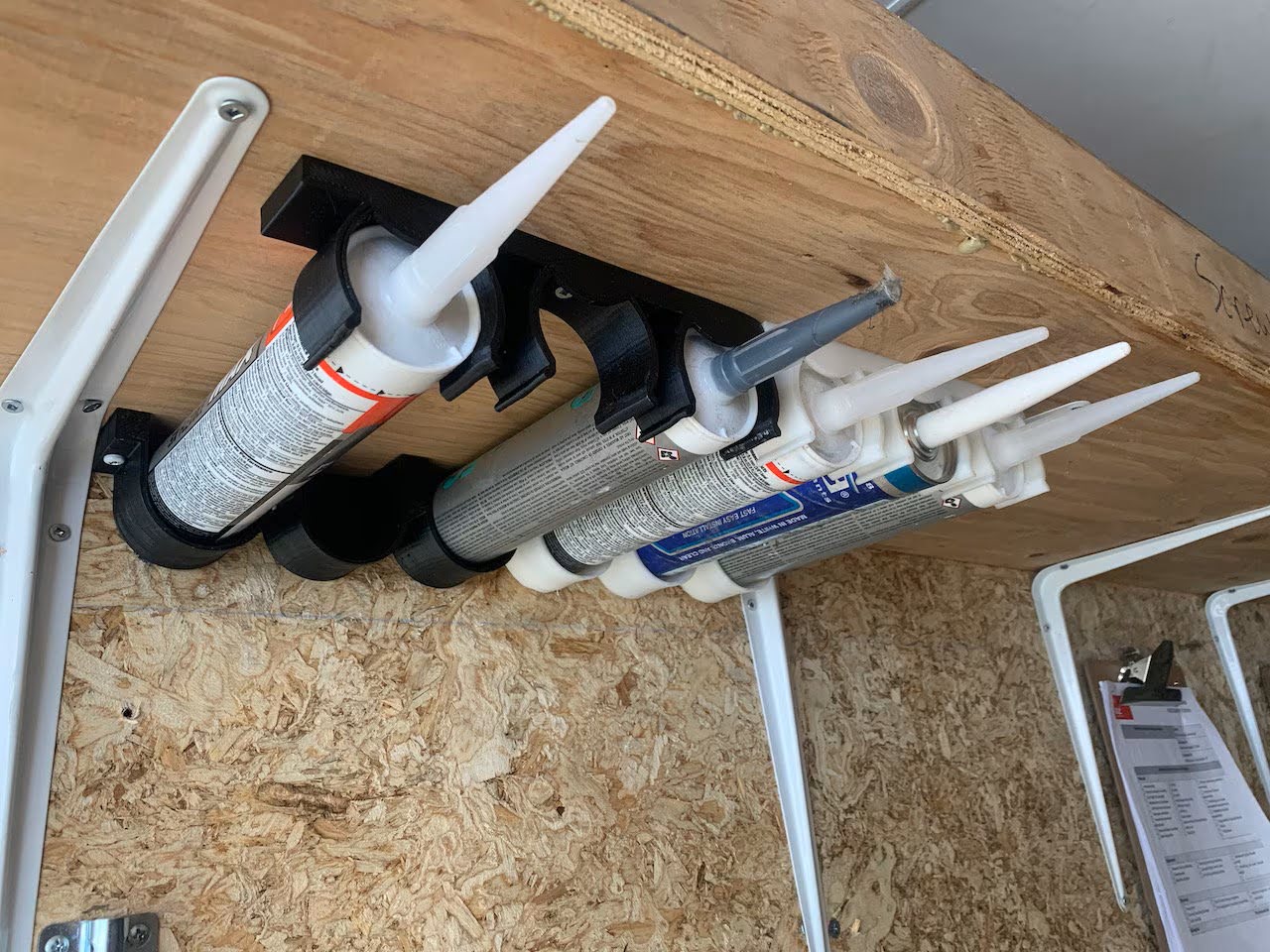

Articles
How To Store Caulk After Opening
Modified: January 8, 2024
Learn how to properly store caulk after opening in this informative article. Keep your caulk fresh and ready for your next project.
(Many of the links in this article redirect to a specific reviewed product. Your purchase of these products through affiliate links helps to generate commission for Storables.com, at no extra cost. Learn more)
Introduction
When it comes to home improvement projects, having a reliable supply of caulk is essential. Whether you’re sealing gaps, filling cracks, or waterproofing surfaces, caulk is a versatile material that can come in handy in a variety of situations. However, once you’ve opened a tube of caulk, you may be left wondering how to store it properly to ensure its longevity and effectiveness.
In this article, we will discuss the importance of properly storing caulk after opening and provide you with a step-by-step guide on how to do it. We will also share some tips for extending the shelf life of caulk and highlight common mistakes to avoid. By following these guidelines, you’ll be able to get the most out of your caulk and save money by avoiding unnecessary replacements.
Key Takeaways:
- Properly storing caulk after opening is crucial for maintaining its quality and integrity. By following simple steps and tips, you can extend its shelf life, save money, and ensure reliable sealing for home improvement projects.
- Avoid common mistakes such as improper sealing and ignoring expiration dates to keep your caulk in excellent condition. By following guidelines and tips, you can maximize the shelf life of your caulk and have a reliable supply for all your sealing needs.
Read more: How To Store Riesling After Opening
Understanding Caulk Shelf Life
Before we dive into the details of storing caulk, it’s important to understand the concept of caulk shelf life. Like any other product, caulk has a limited lifespan, and its performance can deteriorate over time. The shelf life of caulk refers to the period during which it can maintain its effectiveness and usability.
The shelf life of caulk can vary depending on several factors, such as the type of caulk, its formulation, and the storage conditions. Most silicone-based caulks have a shelf life ranging from one to two years, while acrylic latex caulks typically have a shelf life of about one year. It’s worth noting that these are general guidelines, and the actual shelf life may vary between different brands and specific products.
Over time, exposure to air and moisture can cause caulk to harden or lose its elasticity, rendering it ineffective. Additionally, temperature fluctuations can also impact the lifespan of caulk. Extreme heat or cold can degrade the caulk’s performance, making it less flexible and prone to cracking or shrinking.
By understanding the shelf life of caulk, you can ensure that you’re using caulk that is still in good condition and capable of providing reliable sealing and bonding properties.
Importance of Properly Storing Caulk
Properly storing caulk after opening is crucial for maintaining its quality and integrity. When caulk is exposed to air and moisture for prolonged periods, it can dry out, become brittle, and lose its adhesive properties. This can result in ineffective sealing, leading to leaks, drafts, and other issues.
Here are a few reasons why it’s important to store caulk properly:
- Prolongs Shelf Life: By storing caulk in the right conditions, you can extend its shelf life and ensure that it remains in usable condition for a longer period. This means you won’t have to frequently replace your caulk and waste money on new tubes.
- Maintains Effectiveness: Proper storage minimizes the chance of caulk drying out or hardening. When caulk maintains its elasticity, it can effectively seal gaps, cracks, and joints, providing optimum protection against water, air, and pests.
- Saves Time and Effort: Storing caulk properly eliminates the need to search for a new tube or dispose of expired caulk. By having a well-maintained stock of caulk, you can quickly access it when needed, saving you time and effort in completing your home improvement projects.
- Prevents Wastage: When caulk is stored improperly, it can become unusable, resulting in wastage. By preserving the quality of your caulk through proper storage, you can avoid having to discard partially used tubes and reduce unnecessary waste.
Considering the importance of proper caulk storage, it’s essential to follow the right steps to ensure that your caulk remains in optimal condition for its intended use. In the next section, we will provide a step-by-step guide on how to store caulk after opening.
Step-by-Step Guide: How to Store Caulk After Opening
Properly storing caulk after opening is a simple process that can greatly extend its shelf life and maintain its effectiveness. Follow these steps to ensure your caulk remains in optimal condition:
- Seal the Tube: After using the caulk, make sure to tightly seal the tube to prevent air and moisture from entering. Use a caulk cap or wrap a plastic wrap around the nozzle and secure it with a rubber band. This helps create a tight seal and prevents the caulk from drying out.
- Store in a Cool and Dry Place: Find a cool and dry location for storing your caulk. Extreme temperature and humidity can degrade the caulk, so avoid storing it in areas that experience frequent temperature fluctuations, such as basements or garages.
- Avoid Direct Sunlight: Exposure to direct sunlight can accelerate the breakdown of caulk. Store your caulk in a shaded area away from sunlight to minimize its exposure to UV rays.
- Keep Tubes Upright: Storing caulk tubes in an upright position helps prevent settling of the caulk and ensures an even consistency when you use it again. This is particularly important for silicone caulks that can separate over time.
- Label and Date: To keep track of the caulk’s shelf life, label the tube with the date of opening. This way, you’ll have a clear indication of how long the caulk has been in use and when it might be time to replace it.
- Regularly Check for Deterioration: Periodically inspect your stored caulk for any signs of deterioration, such as hardening, discoloration, or separation. If you notice any such changes, it’s a good indicator that the caulk may no longer be usable.
By following these simple steps, you can ensure that your caulk remains in excellent condition and is ready for use whenever you need it.
Store caulk after opening by tightly sealing the tube with a cap or plastic wrap. Store it in a cool, dry place away from direct sunlight to prevent it from drying out.
Tips for Extending Caulk Shelf Life
While proper storage is essential for maintaining caulk’s shelf life, there are additional tips you can follow to further extend its longevity. These tips will help ensure that your caulk remains in optimal condition for future use:
- Use Caulk Within Its Expiration Date: Pay attention to the expiration date on the caulk packaging. Using caulk beyond its recommended shelf life can lead to poor performance and compromised sealing capabilities.
- Opt for High-Quality Caulk: Investing in high-quality caulk from reputable brands can significantly impact its shelf life. Look for caulk that is formulated to be durable, flexible, and resistant to aging.
- Store in a Climate-Controlled Environment: If possible, store your caulk in a climate-controlled environment to keep it at a consistent temperature and humidity level. This helps minimize the impact of external factors that can degrade the caulk.
- Keep Tubes Clean: Wipe off any excess caulk from the nozzle and make sure it is clean before sealing the tube. This prevents hardened caulk or debris from clogging the nozzle, ensuring easy dispensing when you use it again.
- Use a Caulk Gun: Consider using a caulk gun for precise application. This allows you to control the amount of caulk you dispense, reducing waste and preventing leftover caulk from drying out.
- Practice Regular Maintenance: Periodically check your stored caulk to ensure it is still in good condition. If you notice any signs of deterioration or separation, discard the caulk and replace it with a fresh tube.
- Store Different Types Separately: If you have multiple types of caulk, store them separately to prevent cross-contamination and maintain their individual properties. Label each tube accordingly to avoid confusion.
By implementing these tips, you can maximize the shelf life of your caulk and ensure that it is always ready for use when you need it.
Read more: How To Store Scotch After Opening
Common Mistakes to Avoid
When it comes to storing caulk after opening, there are some common mistakes that people often make. Being aware of these mistakes can help you avoid them and ensure that your caulk remains in good condition. Here are some common mistakes to avoid:
- Not properly sealing the tube: Failing to tightly seal the caulk tube after use can expose it to air and moisture, causing it to dry out and become unusable. Always use a caulk cap or plastic wrap to create a tight seal.
- Storing caulk in inappropriate conditions: Storing caulk in areas that experience extreme temperature fluctuations or high humidity can shorten its shelf life. Find a cool and dry location to keep your caulk in optimal condition.
- Ignoring expiration dates: Using caulk beyond its expiration date can lead to poor performance and ineffective sealing. Always check the expiration date and replace caulk that is past its recommended shelf life.
- Not checking for deterioration: Failing to periodically inspect stored caulk can result in using caulk that has deteriorated or hardened. Regularly check your caulk for any signs of deterioration and replace it if necessary.
- Mixing different types of caulk: Different types of caulk have different properties and formulations. Mixing them together can lead to unpredictable results and compromised sealing capabilities. Store different types of caulk separately and label them accordingly.
- Not using a caulk gun: Using caulk without a caulk gun can result in messy and uneven application. Invest in a caulk gun for precise and controlled dispensing of caulk.
- Improperly storing partially used tubes: If you have partially used tubes of caulk, make sure to seal them properly and store them upright. This prevents the caulk from separating or drying out.
By avoiding these common mistakes, you can ensure that your stored caulk remains in excellent condition and ready to use whenever you need it.
Conclusion
Properly storing caulk after opening is essential for maintaining its effectiveness and extending its shelf life. By following these guidelines, you can ensure that your caulk remains in optimal condition for future use, saving you time, effort, and money.
Remember to seal the tube tightly after each use to prevent air and moisture from entering. Store your caulk in a cool and dry place, away from direct sunlight and extreme temperature fluctuations. Keeping tubes upright and regularly inspecting for deterioration will help maintain the caulk’s integrity.
Additionally, make sure to use caulk within its expiration date and opt for high-quality products. Clean the nozzle before sealing the tube and consider using a caulk gun for precise application. Store different types of caulk separately to avoid cross-contamination.
By avoiding common mistakes such as improper sealing, ignoring expiration dates, and mixing different types of caulk, you can ensure that your caulk is always ready for use and provides reliable sealing and bonding properties.
Taking the time to properly store your caulk will not only save you money by avoiding unnecessary replacements but also allow you to tackle home improvement projects confidently, knowing that you have a reliable supply of caulk at your disposal.
Follow these steps and tips to maximize the shelf life of your caulk, keeping it in excellent condition and ready for all your sealing needs.
Frequently Asked Questions about How To Store Caulk After Opening
Was this page helpful?
At Storables.com, we guarantee accurate and reliable information. Our content, validated by Expert Board Contributors, is crafted following stringent Editorial Policies. We're committed to providing you with well-researched, expert-backed insights for all your informational needs.
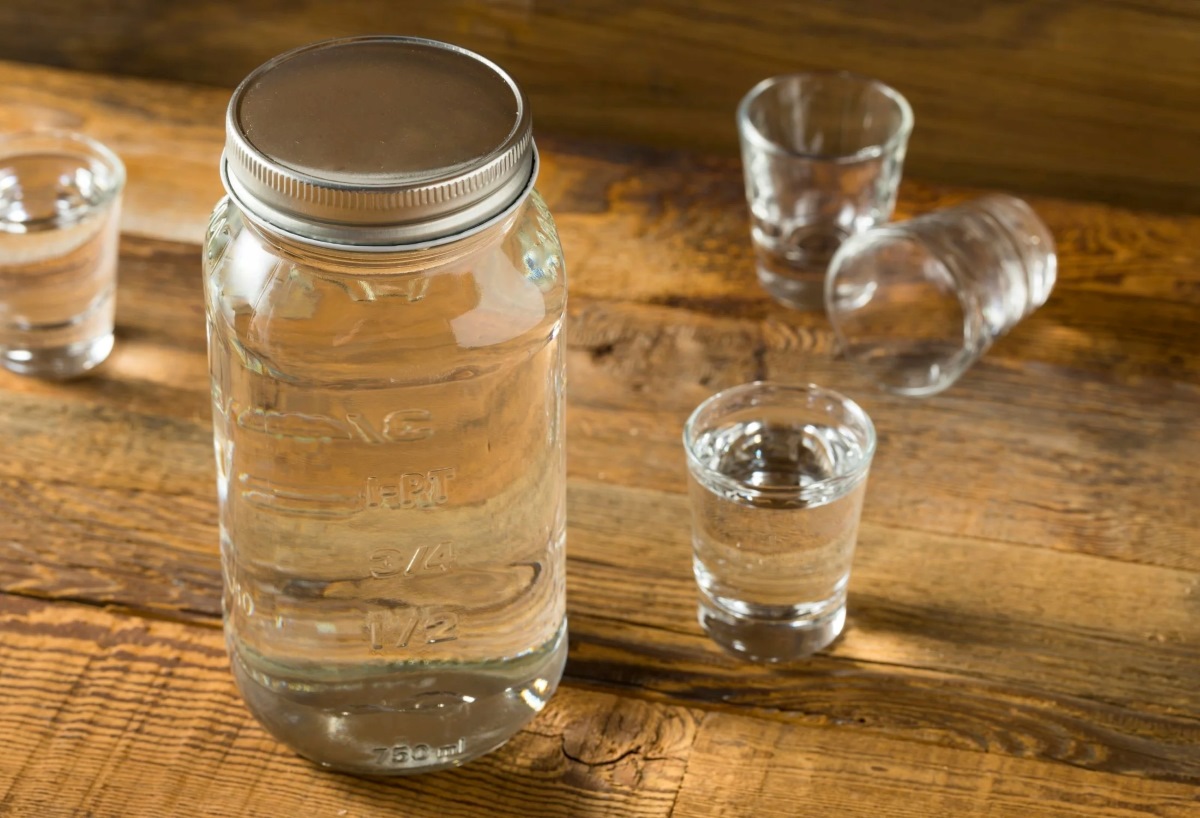


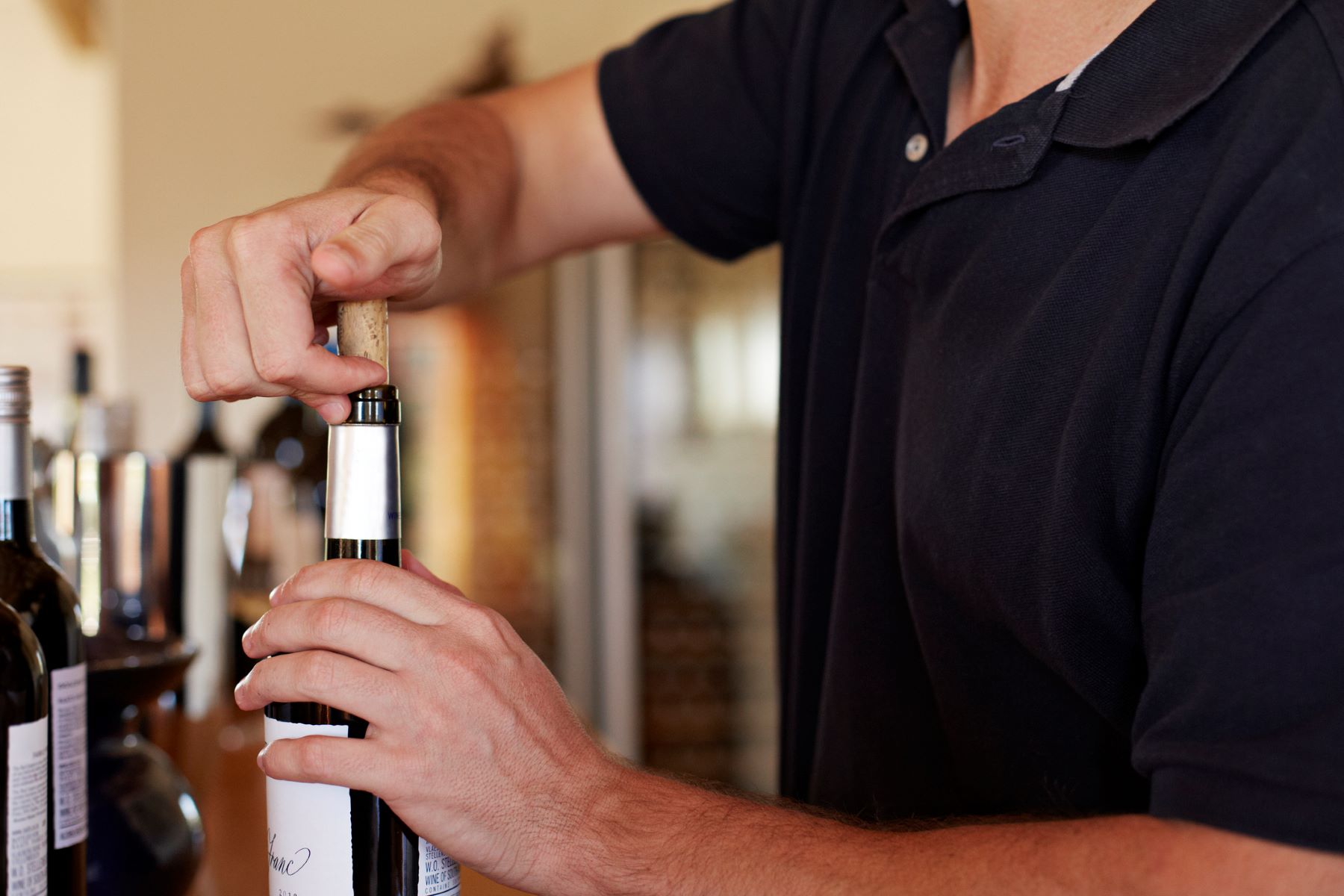

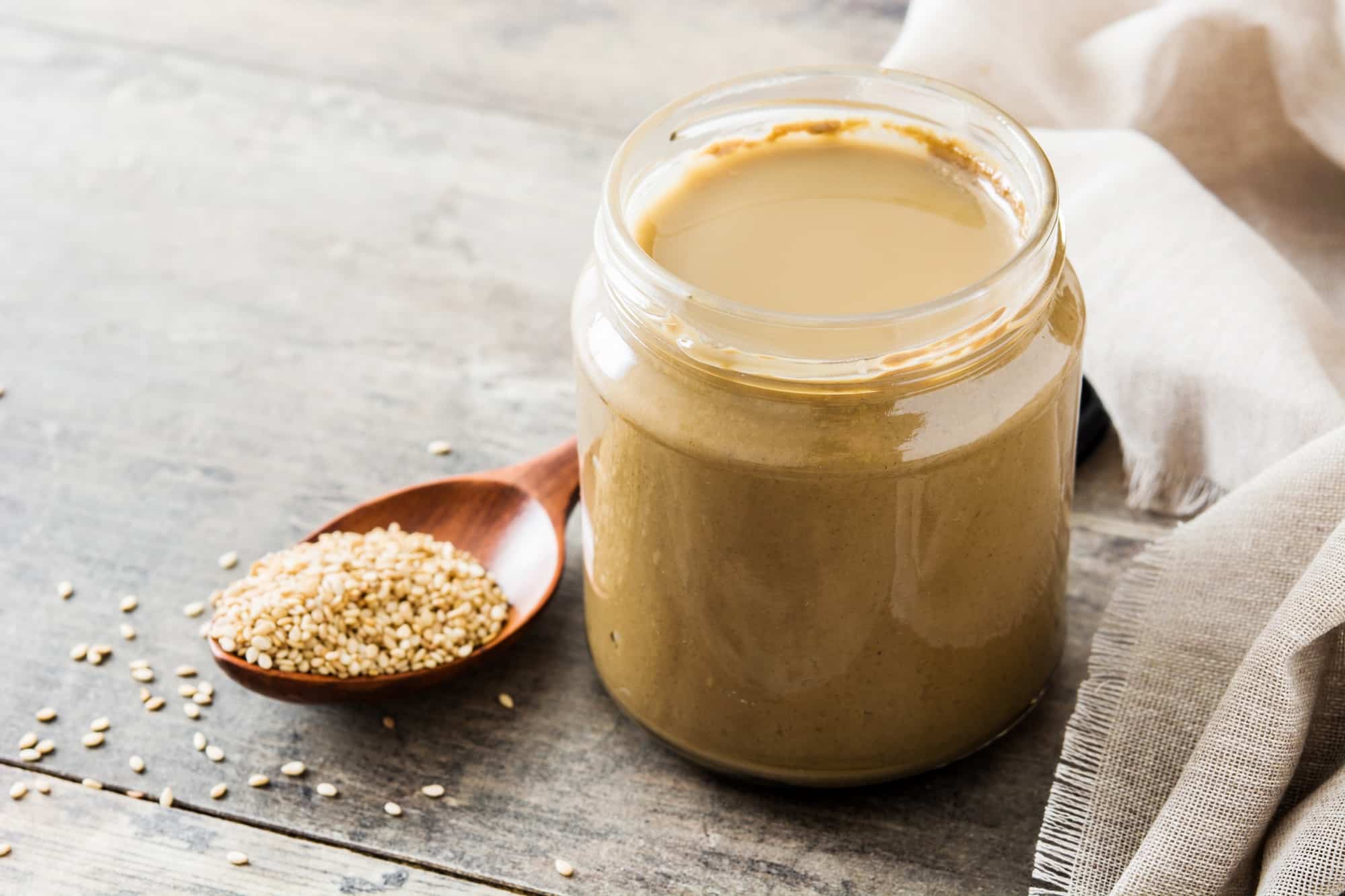

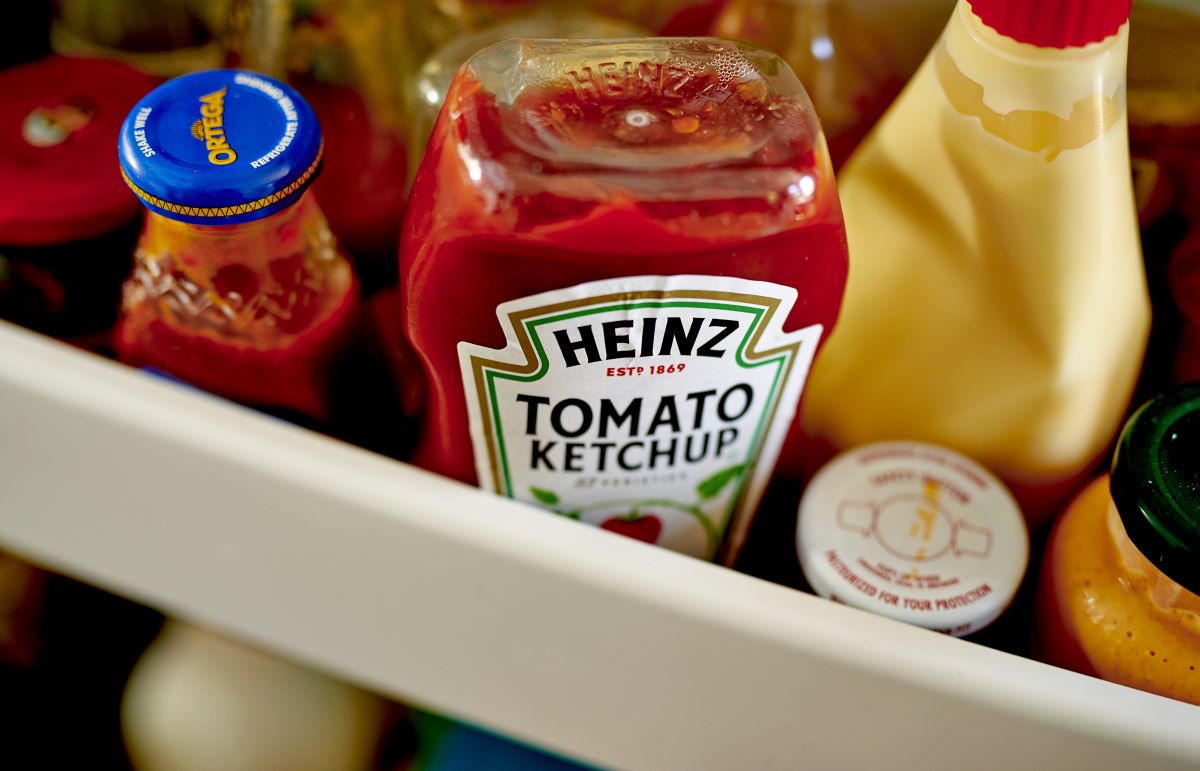
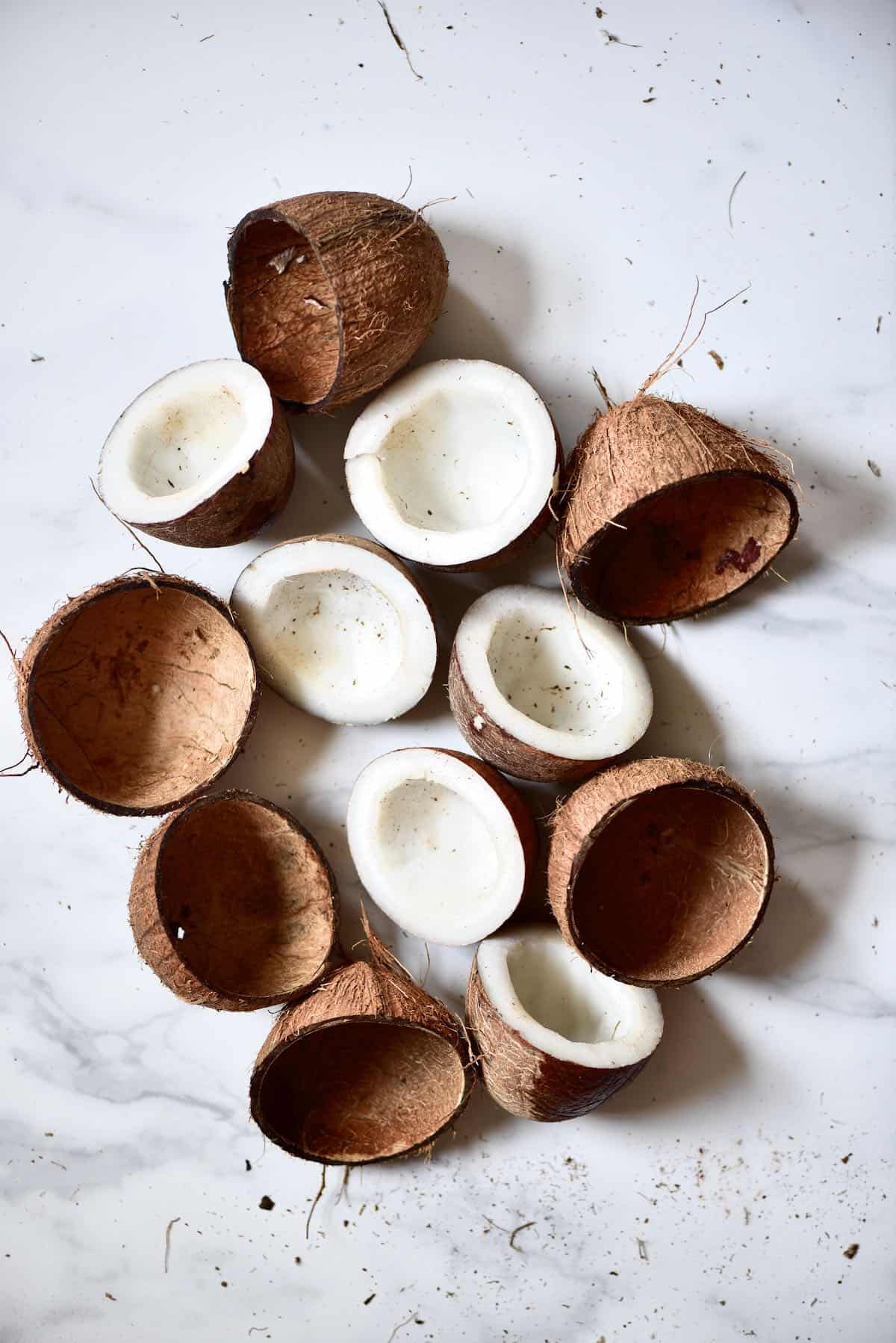

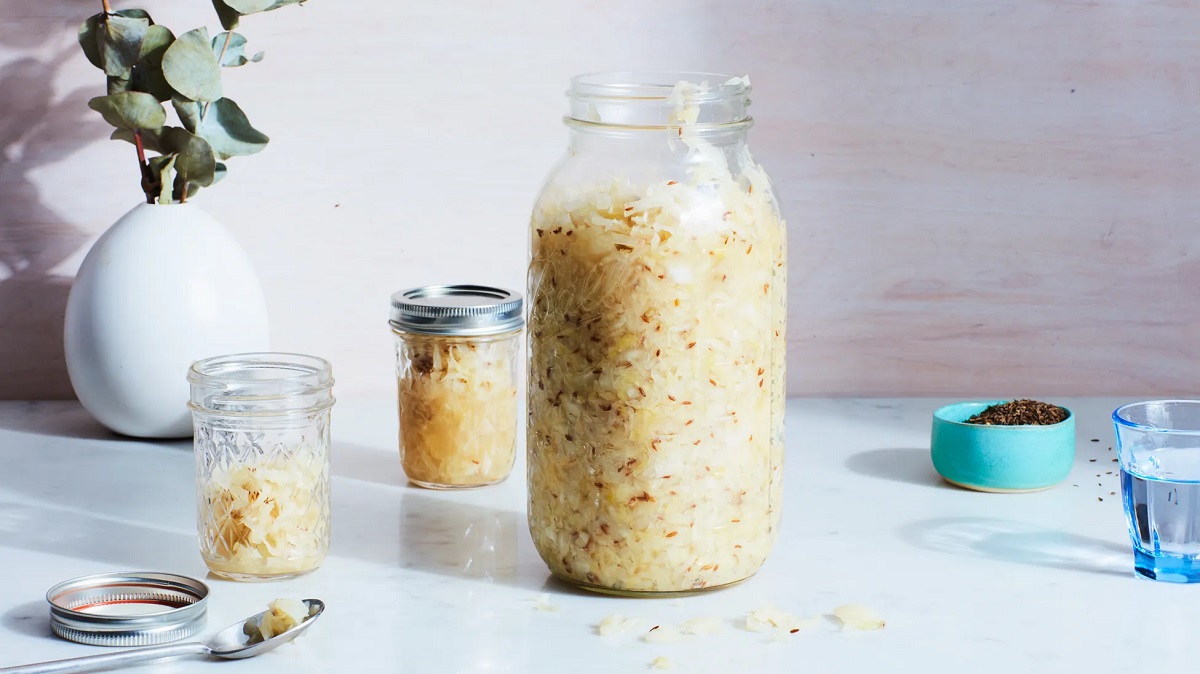




0 thoughts on “How To Store Caulk After Opening”